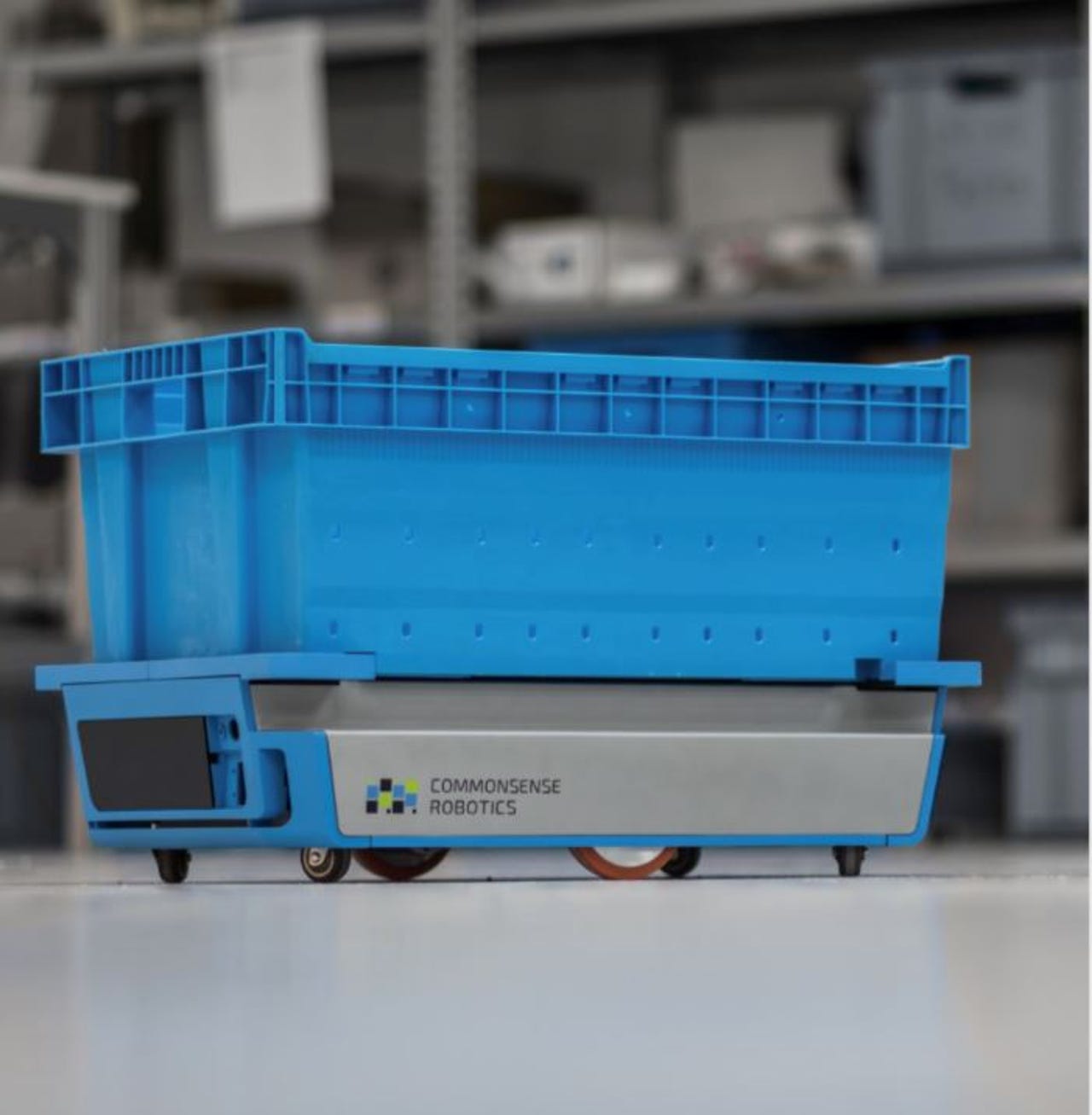CommonSense Robotics raises $20 million Series A funding for automated grocery fulfillment centers


(Image: CommonSense Robotics)
Food is a growing, complicated area of ecommerce with lots of room for improvement. It's just not easy to store, pick, and deliver fresh groceries.
Robotics
"This complication is something CommonSense sees as an opportunity," says Elram Goren, CEO and co-founder of CommonSense Robotics.
The Israeli robotics company announced today that it raised $20 million in Series A funding, in a round led by Playground Global and including previous investors Aleph VC and Eric Schmidt's Innovation Endeavors. The funds will be used to expand the company and further develop robotics and AI for "micro-fulfillment centers," which are automated grocery fulfillment centers where robots will efficiently store, sort, and process inventorythat fit in small warehouses.
Goren tells ZDNet, "The grocery industry has changed so little in decades, that it is now at the breakpoint of a wave of innovation. Food is such an important component of everyday life, but consumers aren't getting what they want -- fast, fresh food and produce delivered to their front door in a quality and price they deserve. CommonSense has set out to enable retailers to deliver fresh produce faster than pizza and are looking forward to the change in consumer behavior that this will unlock."
CNET: Human and machine interactions at work will only grow | How this retailer got robots and humans to work in harmony | TechRepublic: Why AI could destroy more jobs than it creates, and how to save them
Most grocery shopping is still done in brick-and-mortar stores, but online grocery shopping is on the rise. According to Nielsen, while 23 percent of Americans are buying groceries online today, that's expected to more than triple in less than ten years. Despite this growing consumer demand, grocers are still trying to figure out how to adapt to this new model.
Currently, retailers that offer online grocery shopping fulfill orders either with manual picking at a store, manual centralized fulfillment centers (often called dark stores), or automated centralized fulfillment centers.
(Image: CommonSense Robotics)
Goren wants to revolutionize grocery logistics. "It is a poorly kept secret that in groceries, all the above practices are a losing proposition for retailers," he says. "Fulfillment centers are positioning their operations far away from the consumer in areas outside of cities where space is cheaper, ultimately adding time to delivery and negatively effecting quality."
CommonSense Robotics is offering a solution that uses robotics and AI to create fulfillment centers that can fit inside small city properties or possibly even underground. This, Goren says, will allow the retailer to keep all of their operations close to their customer, deliver online orders in less than an hour, and maintain a profitable business model. The first robotic micro-fulfillment center is now being deployed and the company plans to open additional locations in the US, UK, and Israel later this year.
Previous and related coverage
Should AI bots lie? Hard truths about artificial intelligence
AI will revolutionize the world, or so sayeth Silicon Valley. But there are some potholes on the road to AI nirvana -- starting with the people AI is supposed to help. Think Skynet. Here's research from the frontlines of artificial intelligence.
Citizen AI: A business guide to raising artificial intelligence in a digital economy
As artificial intelligence grows in its capabilities, so does its impact on people's lives. Companies must 'raise' AI systems to act as responsible representatives of their businesses.
Your next coworker could be a robot
Businesses need to get employees ready to toil alongside their robotic colleagues.